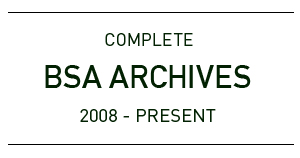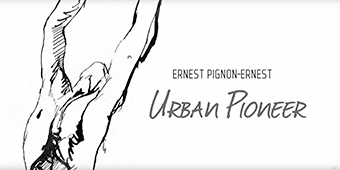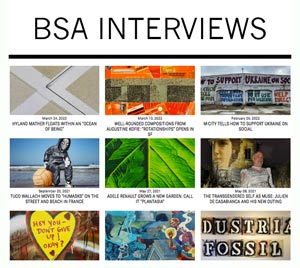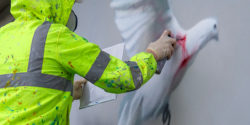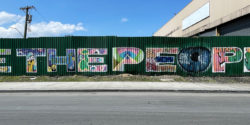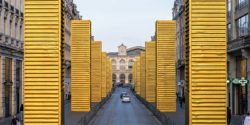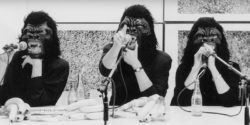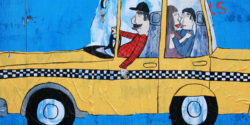If you’ve ever been stopped in your tracks by a cryptic phrase pasted on a lamppost or beamed onto a building, there’s a good chance you’ve crossed paths, at least spiritually, with Jenny Holzer. Before text-based street art became a global, sometimes cerebral, genre, Holzer treated the city as her canvas, her publishing platform, injecting unsettling truths and poetic jabs into public space. Her work speaks, it interrupts, cutting through the usual noise of ads and slogans with smartly honed phrases like “Abuse of power comes as no surprise” and “Protect me from what I want.” For those familiar with the language of the street, her words hit like a well-placed burner on a clean wall—brief, bold, impossible to ignore.

This Art21 segment from the Protest episode (2007) dives into the heart of Holzer’s practice, showing how she weaponizes language to question authority, mourn the dead, and spark outrage. Part of the footage is filmed in New York, where Holzer made an early and iconic mark through Messages to the Public, a series initiated in 1982 on the Spectacolor board in Times Square. The project was originally conceived by artist Jane Dickson, who worked as a designer and programmer for the board and collaborated with the Public Art Fund to transform this site of commercial messaging into a rotating space for artist interventions. Early electronic billboard hacking, if you will.

Holzer’s contribution—concise, confrontational phrases pulsing above the chaos of the city—stood out as an early example of using language in public space to disrupt and provoke. Her practice, from wheatpasted posters to LED projections and carved stone, has always operated like guerrilla commentary embedded in the infrastructure of a city. Whether on the street or in the museum, the language can be a scalpel—and in Holzer’s hands, it cuts deep.
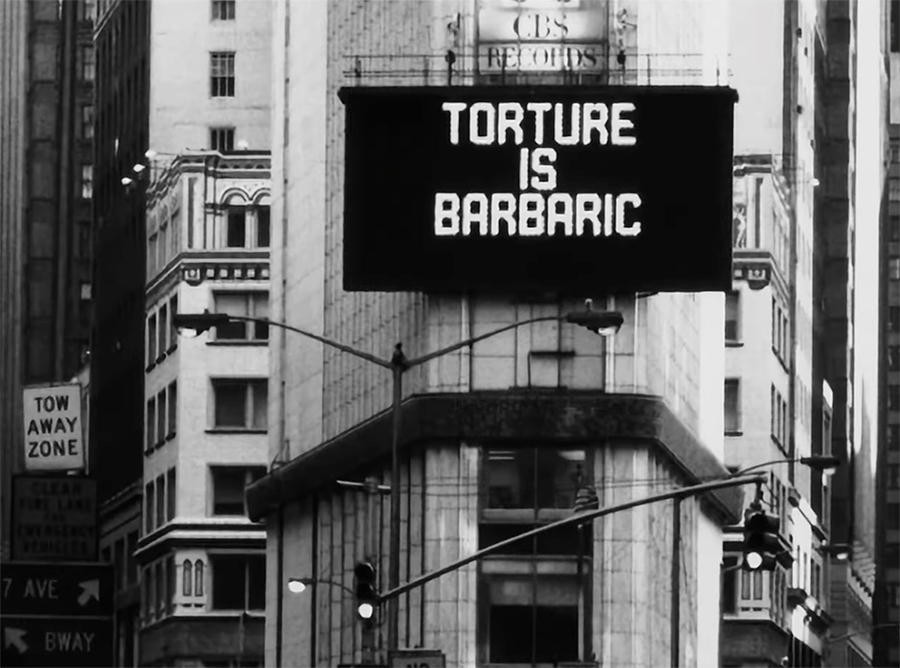
Holzer’s latest return to the Guggenheim Museum with Light Line (2024) shows just how far she’s stretched the possibilities of text in space. Expanding on her original 1989 LED spiral, the new version snakes up all six floors of the museum’s rotunda—an electric river of thought running through a sacred temple of art. She’s also dropped pieces in unexpected places throughout the building, echoing her roots in the streets. In one of the rawest gestures, graffiti legend Lee Quiñones tags over Holzer’s Inflammatory Essays posters in the High Gallery—bringing two generations of text-based provocateurs into direct conversation. It’s a perfect reminder that the best street pieces don’t just decorate; they challenge.

Holzer’s connection to the street art world is deeper than just aesthetic overlap. Her interventions predate the global explosion of text-based street work, sometimes they were in concert with the early graffiti writers. They resonate with the same urgency and intent as some. Like the best writers-on-the-wall, she’s continuously operated on the edge of visibility—sometimes sanctioned, often not—placing language in places where people live and look. Whether she’s carving into granite, projecting declassified torture documents onto civic buildings, or flooding a wall with fluorescent truths, Holzer’s work is a reminder that words in the street aren’t just decoration. They’re weapons, warnings, and sometimes, prayers.
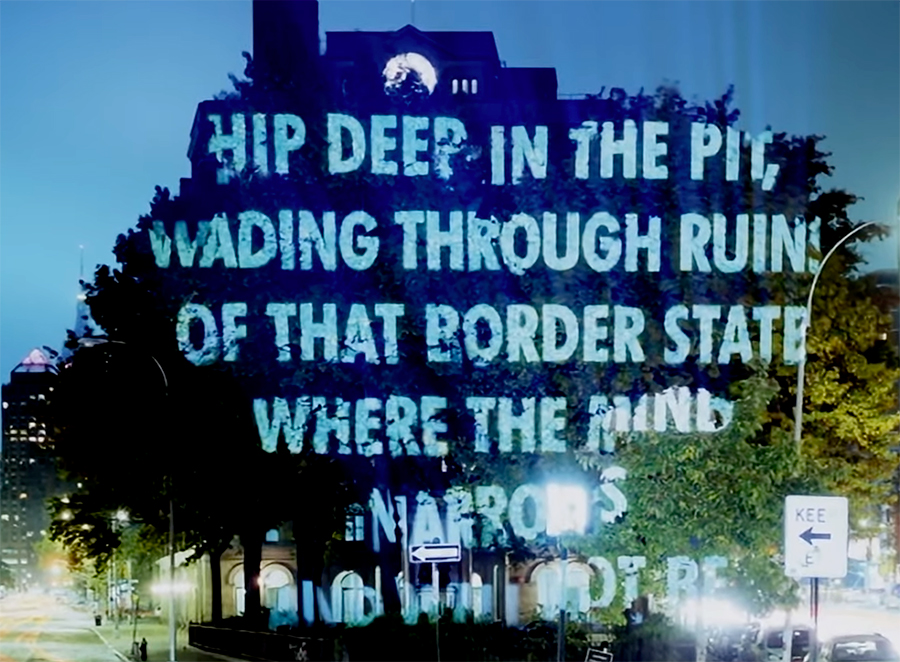

Other Articles You May Like from BSA:
Our Weekly Interview with the Street at BrooklynStreetArt.com El Sol 25 and Passenger Pigeon (photo Jaime Rojo) Cake with a Snack (photo Jaime Rojo) Hola, I'm Veronica and I...
Sacramento is next on the list for Louis Masai and his “Art of Beeing” US Autumn 2016 tour. And something smells fishy. Louis Masai The Art Of Beeing. Coho Salmon. Endangered. Sacramento, Califor...
Punk Rock Politics, an Arctic fox, a Circumpolar Biome... New York, a city that never sleeps, truly comes alive in the summer with an influx of international street artists and graffiti writers ad...
Today we return to community murals for a minute, just to check on the progress of Barcelona based artist Laia. She says she started as a graffiti writer in ’99 at age 14, eventually gaining respect ...
We’re celebrating the end of one year and the beginning of the next by thanking BSA Readers, Friends, and Family for your support in 2021. We have selected some of our favorite shots from the yea...
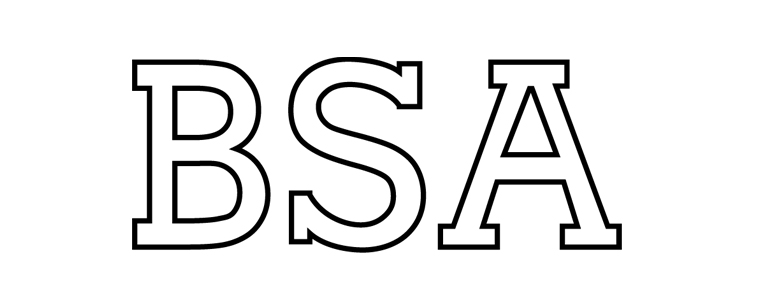 BROOKLYN STREET ART LOVES YOU MORE EVERY DAY
BROOKLYN STREET ART LOVES YOU MORE EVERY DAY
